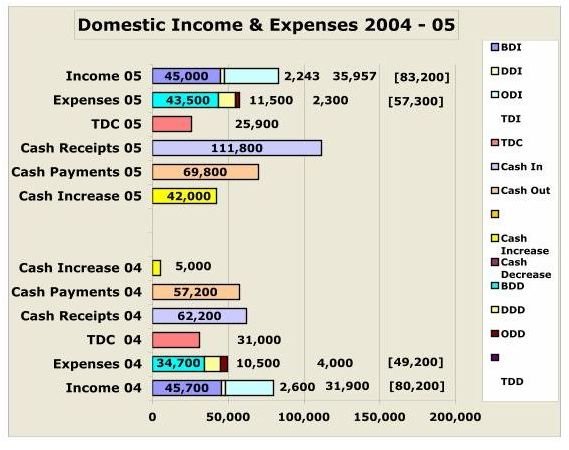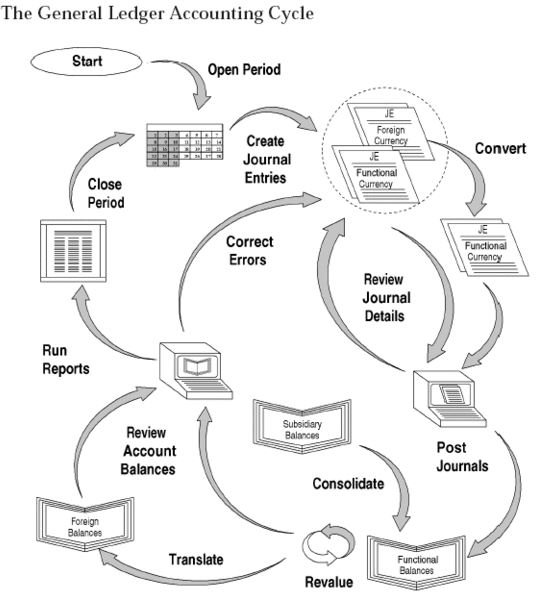Revenue Recognition Principle vs. Matching Principle: Threshing Out Misconceptions About Accounting Standards
The Concepts of Revenue Recognition Principle & Matching Principle
Some accountancy learners tend to think that Revenue Recognition Principle vs. Matching Principle yields contrasting concepts by which income is recognized. A closer look at each tenet will reveal that they both recognize income for purposes of reportorial accuracy.
As in any accounting concept and principle, the best way to explain them is by way of examples which we present in the succeeding sections.
Accounting Methods Used
Currently, there are ten accounting methods being used to observe the Revenue Recognition Principle, wherein each method aims to record income earned by taking into consideration the point of acceptance, the point of delivery, and the point of payment.
These ten accounting revenue recognition methods were comprehensively discussed in a separate article entitled “A Survey of Accounting Revenue Recognition Methods” and were also provided with examples.
Matching Principle, on the other hand, is the main guideline for one of the revenue recognition methods, which is the accrual method of accounting. The reader can get more insights about the proper application of accrual method in the article, “Accrual Basis vs. Cash Basis Accounting, What’s the Difference?”
Manner of Recording

Revenue Recognition Principle
Revenue recognition makes use of the account Unearned Revenue on the part of the seller who receives the advance payment. However, this principle includes even the income that should have been earned but not yet received; hence it can be said that accrual entries also form part of the different manners of recording revenue.
Examples of Unearned Revenue accounts on the part of the seller:
- Unearned Premiums
- Unearned Subscriptions
- Unearned Interest Discount
- Advance Rental Received
- Security Deposit Received
- Customer Down Payment
- Advance Payment for Cost of Building Materials
- Advance Payment for Cost of Labor
- Advance Payment for Miscellaneous Expenses
Corollary to this, the buyer will also book the advance payment by recognizing an asset account. The buyer technically recognizes an expense that is not yet due but is already incurred once advance payments or deposits are made.
- Prepaid Insurance
- Prepaid Rent
- Prepaid Interests
- Prepaid Subscriptions ( Periodicals/Advertising)
- Prepaid Legal Fees
- Other Assets- Deposit for Rent
- Other Assets- Down Payment for Software Services
- Other Assets- Down Payment for Cost of Major Renovation/Repairs
The Matching Principle
Year-end closing procedures require that all income and expenses for the year be matched accordingly. These are the instances when Matching Principle makes use of appropriate Accrued Asset accounts to recognize income, which a business is supposed to receive for the period in order to match the expense already taken up in the books of accounts.
It is in the same way that Matching Principle also has to make use of Accrued Liability accounts to recognize expenses, before the books are closed at year-end. The expenses should have been paid in order to match the income already generated.
However, certain time elements prevent the entity from actually receiving or paying the income or expenses at the presupposed period; hence the need to take-up accrual entries as adjustments before the books are closed.
Examples of accrual accounts used in observing the Matching Principle
- Accrued Interest Receivable
- Accrued Service Fees Receivable
- Accrued Employers’ Contributions Payable
- Accrued Taxes Payable
- Accrued Rent Expense Payable
The Effects of Accounting Entries

Revenue Recognition Principle:
Accounting entries used for Revenue Recognition Principle are required as procedures if regular business transactions include the acceptance of advance payments. It is important that these advance payments be recorded even if the transactions are not, as yet, fully consummated due to pending delivery or performance of the business product or trade.
Accounting logic requires that the monies received as advance payments be initially recorded as business liabilities. It is only when the goods are delivered or the service has been performed that these advance payments will be recognized as income from business operations.
Thus, there are two sets of accounting entries being used:
(1) The first set is upon acceptance of the advance payment, wherein a liability account is created;
Dr. Cash
Cr. Unearned Revenue (e.g. Unearned Premiums, Unearned Subscriptions, Security Deposit Received)
(2) The second set is upon performance or delivery of the goods, wherein the liability account previously created will be recognized as revenue or income.
Dr. Unearned Revenue (e.g. Unearned Premiums, Unearned Subscriptions, Security Deposit Received)
Cr. Revenue from Premiums or Revenue from Subscriptions
We can include accounting entries for year-end closing, which are also known as post-closing adjusting entries, as part of the Revenue Recognition Principle. However, since we are making a comparison between the two Principles, the effect of the accrual adjusting entries will then be discussed as explanations to Matching Principle.
Matching Principle:
Accounting entries under this tenet are largely used for post-closing accounting procedures and they are usually called post adjusting entries. The effect of these adjusting entries will create an Accrued Receivables or Accrued Liabilities account in order to record the remaining unrecognized revenues and expenses still attributable to the closing year.
Some factors prevent a transaction from taking place before year-end for any of the following reasons:
(1) The billing statements for December expenses, like cost of utilities, rent, and other external services, are received at the end of the month and paid in the succeeding month. The adjusting entry to match the expense to the income generated for the year would be:
Dr. Rent Expense-December _________ $xyz
Cr. Accrued Rent Expense Payable-December _________ $xyz
(2) On the part of the collecting entity, the income has to be taken-up to match the expenses already incurred for the year via the following adjusting entries:
Dr. Accrued Rental Income Receivable-December _________ $xyz
Cr. Rental Income-December _________ $xyz
(3) There could be advance payments received on December 31, comprising prepayments up to November of the succeeding year. Necessary adjusting entries should be made to bring the balance of the prepaid account to its correct valuation, by recognizing the portion earned for the current year.
Dr. Unearned Premiums _________ $xyz
Cr. Income from Premiums-December _________ $xyz
These are only some of the examples, since adjusting entries used in adhering to the Matching Principle will depend on the nature of the business.
Salient Points
As a summary, the following salient points differentiate Revenue Recognition Principle vs. Matching Principle:
-
The Revenue Recognition Principle is all encompassing since it includes all accounting methods; the Matching Principle is related to the accrual method included under Revenue Recognition.
-
The Revenue Recognition Principle utilizes the Unearned Revenue and Prepaid Asset accounts as well as the Accrual Accounts, while the Matching Principle is linked as a guideline to the Accrual Accounts.
-
Revenue Recognition Principle serves as guideline to record transactions in the course of regular business operations as well as the adjusting entries for post-closing accounting procedures; the Matching Principle is the main tenet for post-closing adjusting entries.
-
The accounting entries for Revenue Recognition Principle create liability accounts as well as accrued assets and accrued liability accounts. The Matching Principle creates accrued assets and accrued liability accounts.
Based on this extensive comparison of these two standards, perhaps the accountancy learner can now perceive that these principles do not have contradicting concepts but are largely related in terms of revenue recognition in the accounting processes.
Reference Materials and Image Credit Section
Reference Materials
- Money Instructor.com. Accounting Transactions: Accrued Revenue
- Money Instructor.com. Accrual & Adjusting Entries
Image Credits:
